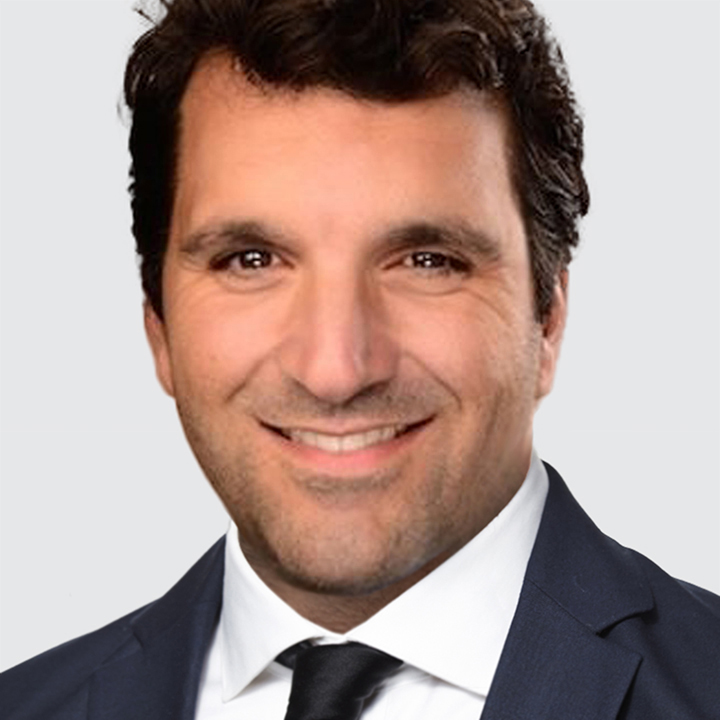You’ve Got Mail
US
USD edged up against most major currencies and global equity markets are down as higher US tariffs loom. President Donald Trump intends to deliver “tariff Letters, and/or Deals, with various Countries from around the World…starting 12:00 P.M. (Eastern), Monday, July 7th.” In parallel, Treasury Secretary Scott Bessent stressed that country’s that “don’t move things along, then, on Aug. 1, you will boomerang back to your April 2 tariff level.”
Moreover, President Trump said he would put an additional 10% tariff on “any Country aligning themselves with the Anti-American policies of BRICS…There will be no exceptions to this policy.” On a side note, the BRICS is not a coherent economic or political bloc that presents some strategic and long-term threats to the US. The only core unifying thread with the BRICS is shared grievances about Western dominance.
In our view, US protectionist trade policy will continue to weigh on USD for three reasons: First, higher US effective average tariff rate - currently the highest since 1936 - is a downside risk to US growth and upside risk to inflation. Second, the ongoing trade war threatens to accelerate the dollar’s declining role as the primary reserve currency as countries reassess their economic dependencies on the US. Third, effort to narrow the US trade deficit mean fewer dollars will flow overseas, reducing the need for those funds to be recycled back into US securities.
Crude oil prices dipped initially on supply concerns before retracing most of their losses. On Saturday, OPEC+ countries agreed to increase oil production by 548,000 barrels a day in August. Consensus was for OPEC+ to boost crude oil supply for a fourth consecutive month by 411,000 barrels a day. September production levels will be set at the next August 3 OPEC+ meeting.
JAPAN
USD/JPY edged-up above key resistance at 145.00. Japan wage growth unexpectedly cools in May. Nominal cash earnings growth plunged to the lowest rate since March 2024 at 1% y/y (consensus: 2.4%) vs. 2.0% in April due to swings in special cash earnings and fewer working days. The less volatile scheduled pay growth for full-time workers printed at 2.4% y/y (consensus: 2.6%) vs. 2.5% in April. Overall, Japan wage growth is not a source of significant inflation pressures given annual total factor productivity growth of about 0.7%.
Bottom line: the Bank of Japan will not be rushing to resume raising rates, limiting JPY upside. The swaps market is pricing-in less than 50% odds of a 25bps rate hike by year-end and a total of 50bps of tightening to 1.00% over the next three years.
SWEDEN
SEK outperformed across the board after Sweden preliminary CPI inflation ran hot in June. The policy relevant CPIF rose to a five-month high at 2.9% y/y (consensus: 2.5%, Riksbank forecast: 2.4%) vs. 2.3% in May while CPIF ex-energy surged to a 16-month high at 3.3% y/y (consensus & Riksbank forecast: 2.9%) vs. 2.5% in May. The inflation overshoot was most likely due to temporary factors like the higher weight of the volatile international travel component.
Regardless, the swaps market slashed Riksbank easing bets in half to price-in just one 25bps cut by year-end and the policy rate to bottom at 1.75%. At the last June 18 meeting, the Riksbank delivered on expectations and cut rates 25bps to 2.00%. The bank said “The forecast for the policy rate entails some probability of another cut this year” as it sees the policy rate at 1.92% by Q4 2025 before bottoming at 1.88% by Q1 2026. Bottom line: the Riksbank is getting to the end of its easing cycle, which bodes well for SEK.

